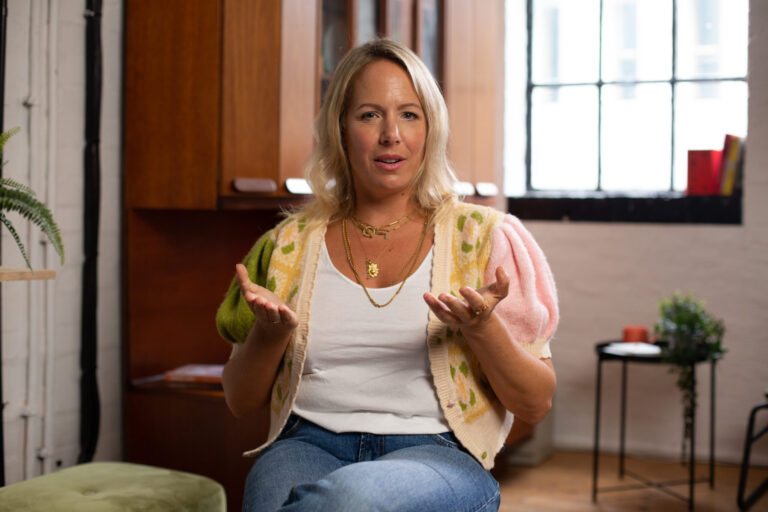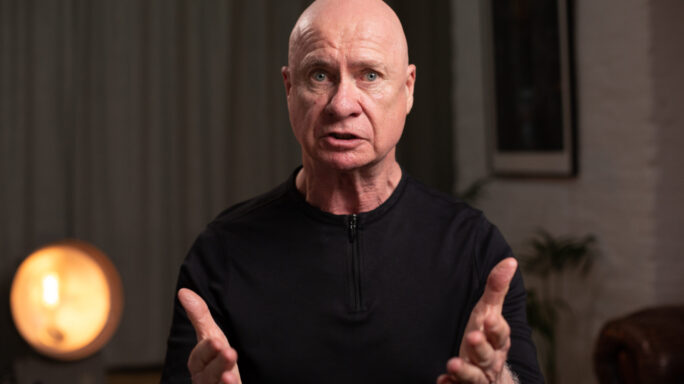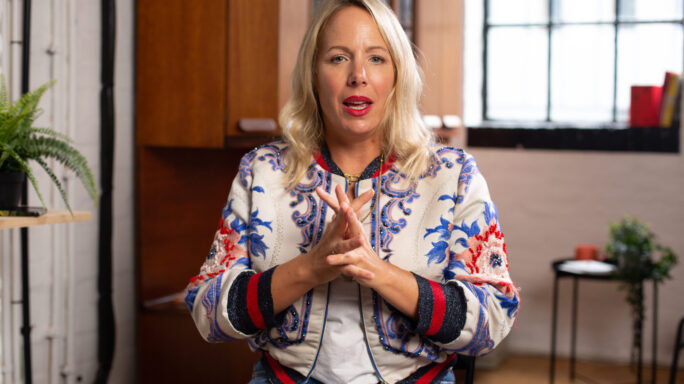Season 4: Thriving in a changing world
How to meet evolving consumer demands

Now, more than ever, society expects businesses to do good. Research shows that 92% of consumers are more likely to trust a company that supports environmental and social issues, 88% would be more loyal, and more than half would pay more for a purpose-driven brand. Consumers are also six times more likely to protect that brand during change or disruption. So, how can you do good to meet evolving conscious consumer demands?
I’ll start by telling you about my journey
I was born in Sri Lanka and moved to London to work in marketing. I spent 20 years working with brands like Procter and Gamble, Nokia, Heineken, and Absolut Vodka, creating world-class pop culture partnerships with everyone from Lady Gaga to the TED Conferences.
But something was missing
After experiencing the devastating effects of the tsunami in Sri Lanka in 2004, I didn’t want my legacy to be about helping people buy more stuff. So I founded Conspiracy of Love, a global impact consultancy that works with some of the world’s biggest brands to unlock growth through impact.
It’s our job to help brands stay abreast of emerging trends
Back in 2011, we saw a new wave of millennials and Gen Z consumers entering the marketplace. These conscious consumers wanted businesses to not only align with their values but also show how they are making a positive impact on global challenges. And they’re not afraid to challenge them either. So how can you get these consumers on your side?
- Get clear on your purpose
Understand your purpose and know why you exist to make problems better. That is the sweet spot between what the world needs and the superpower of your brand or company.
Let me give you an example, American Family Insurance started 100 years ago as an insurance company for farmers who realised they were getting a raw deal. Back then, the roads in the back country of Wisconsin were snowed under for half the year, but farmers selected to pay the same amount of insurance premiums as city folk.
Farmers Insurance was set up to provide insurance at lower premiums for them. And from that seed grew what is now American Family Insurance. With this story in mind, we worked with them to develop their purpose statement to ensure fairness and justice were built into their brand. - Invest time in getting to know your consumers
Consider the range of societal or environmental causes they may be interested in and how you might incorporate them into your business objectives or initiatives. Outdoor Retailer REI is an excellent example of a brand that understands their environmentally conscious consumers. Instead of encouraging more purchases during the consumer frenzy that is the Black Friday sales in the US, they shut down their stores and invited customers to explore the wilderness through their #OptOutside platform. Challenge convention and make it exciting for people to participate in doing good. - Find solutions to their problems
Think about the wide range of problems people have and what you can do to help solve them. When consumers started to see the issue of ocean plastic waste, Adidas launched a range of shoes and apparel with Parley for the Oceans, a fantastic non-profit dedicated to cleaning up ocean waste. That created a whole new way for consumers to show their support. Adidas generated over $2 billion in revenue each year by contributing a solution to one of the biggest environmental problems of our time.
No matter what size your business is, you can grow through impact by being of service to society. You can increase your revenue, grow your brand reputation, and futureproof yourself for generations of conscious consumers to come.





Leave a comment